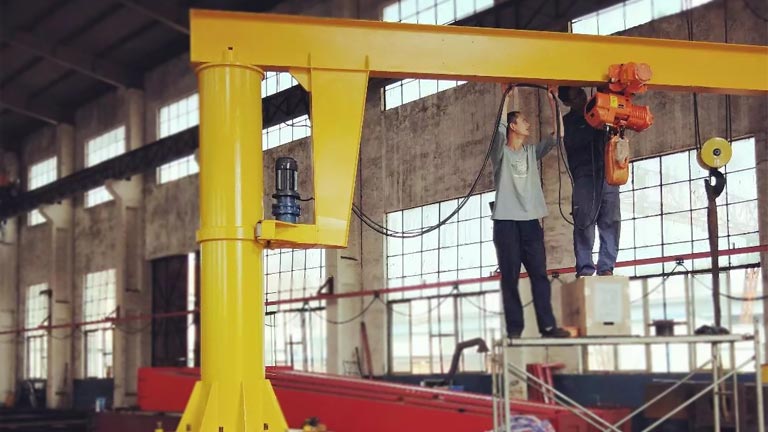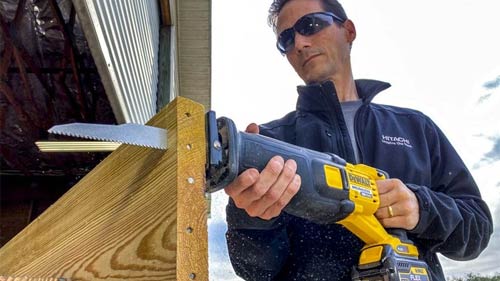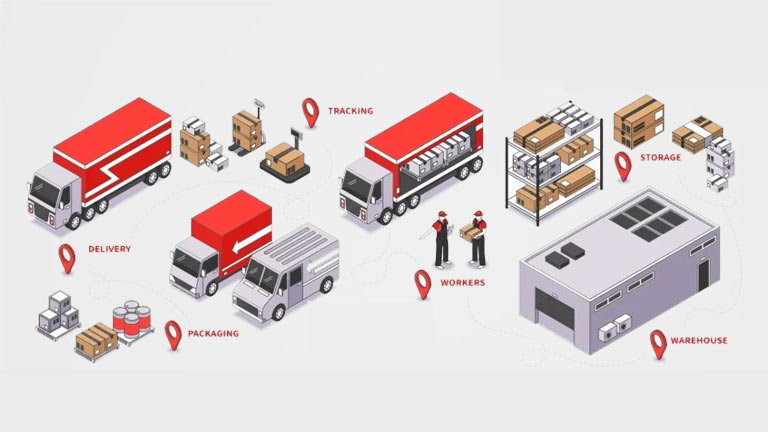
In ancient times, people did not use any special machines or equipment to lift and move objects. They used to lift objects with their hands, body strength, and rope, which was a very difficult task. It required a lot of time, effort, and people.
There was also a fear of getting injured, but in the modern era, there are many types of cranes used to lift objects or move them from one place to another. For small works, small cranes are used, and for big works, big cranes are used, which can easily lift the biggest things like sea ships, airplanes, vehicles, metal sheets, and more. The object, which used to require thousands of people to lift, can be easily and in less time moved from one place to another by a crane.
A Guide to Small Cranes for Small and Big Tasks
The small train given below is used to perform small and large tasks in a workplace.
Overhead Cranes
Ideal for most plants, these cranes are suspended from the ceiling and can lift several tons, making them suitable for facilities with limited floor space. Understanding the basics of overhead cranes is essential for selecting the right one for your needs. This includes familiarizing oneself with the components like the hook, hoist, trolley, bridge, and runway beam. Moreover, it is crucial to be aware of the codes and regulations governing their use to ensure compliance and safety.
Gantry Cranes
A gantry crane is an overhead crane with a hoist supported by freestanding legs moving over wheels or along a track or rail system. These cranes are ideal for outdoor use or under an existing bridge crane system, and they are beneficial when an overhead runway system is impractical. Assess the specific needs of your application, such as lifting capacity, span, height, and duty cycle.
Jib Cranes
Typically used in smaller industrial settings, they consist of a horizontal beam or jib and are great for assisting with large lifting equipment. Jib cranes can be mounted on walls, floors, or machines, providing lifting and maneuvering capabilities in a designated work area.
Portable gantry cranes
Known for their flexibility, these can be easily moved and set up in various locations. As the name of this crane suggests, you can easily move the portable gantry crane from one place to another to do any work.
Workstation Overhead Cranes
Best for small and medium-sized plants, they are designed for specific areas and tasks. They are typically lighter-duty and have a more limited reach than bridge cranes.
Electric hoists and winches
While not technically cranes themselves, electric hoists are often used in conjunction with other lifting equipment, such as jib cranes or monorail systems. Small objects that you cannot pick up with your hands, you can easily pick up from the hoist’s winches. A portable winch is a versatile tool that comes in handy for various tasks.
These are just a few examples of small cranes commonly used in factories and workplaces. You can also use a lever, a simple machine that can lift weights. A wheel and axle machine consists of a wheel that rotates around an axle. A pulley system uses a wheel with a groove and a rope or cable. An inclined plane is for flat surface that is tilted. Screws are used for lifting and securing objects. A wedge is a triangular-shaped object that can split or lift materials.




